How to feed tomatoes in June?

It is extremely useful for all gardeners and truck farmers to know how to feed tomatoes in June. Top dressing at the beginning, middle and end of the month can be qualitatively different. But only by figuring out how to spray tomatoes with organic and other fertilizers, you can avoid many fatal mistakes.
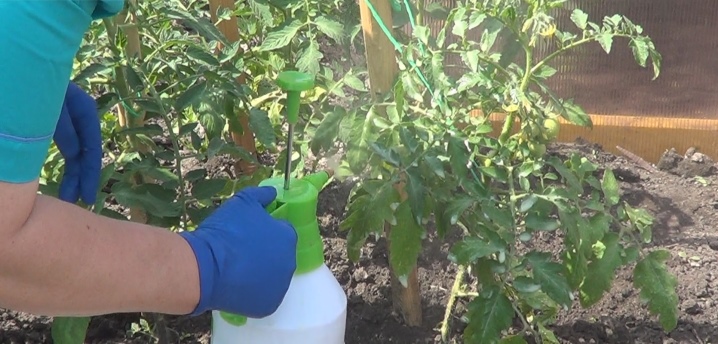
Overview of finished fertilizers
Among organic fertilizers for tomatoes, superphosphate and nitroammophoska play a very important role. You can and should use superphosphate at any stage of plant development. Although chemists describe about half of its composition as ballast, from the point of view of a gardener, all these are really useful and necessary substances.
It is necessary to clearly distinguish between simple and "double" superphosphate, since there is a significant difference between them.

The first type is used on an alkaline or neutral soil, and the second, respectively, is much more effective where acidity is higher.
Nitroammofoska is also in great demand among gardeners. Typical tempering form is gray granules. The fertilizer contains nitrogen, potassium and phosphorus in various quantities. You can also use ammophos, that is, a mixture of 52% phosphorus and 12% nitrogen with other substances. Such feeding will be assimilated without any problems, it is able to activate the development of roots and improve the characteristics of the crop.
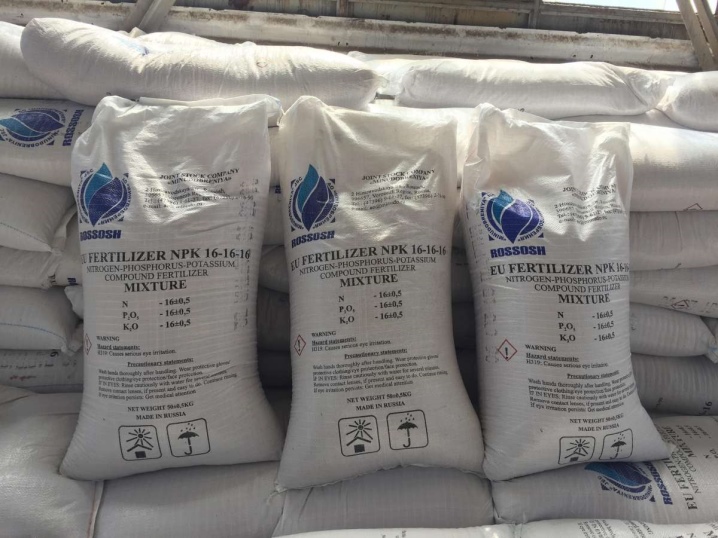
Folk remedies
In favor of such compositions are evidenced by:
- the most natural and gentle chemical composition;
- no risk to the natural environment;
- no danger to humans and animals;
- a rather long period of action after laying in the soil.
However, folk remedies also have drawbacks that do not allow them to be considered an absolutely universal solution. In particular, certain types of fertilizers will be assimilated slowly and may "not be in time" by the target date.

Insufficiently split microelements that make up fresh manure are often overly active biologically and themselves harm crops in the garden or attract dangerous insects.
It is absolutely impossible to accurately calculate the required demand (as is the case with factory mixtures). Most often they use:
- iodine;
- eggshell;
- wood ash;
- baking yeast;
- chicken manure;
- whey made with milk;
- infusion of nettle;
- ammonia.
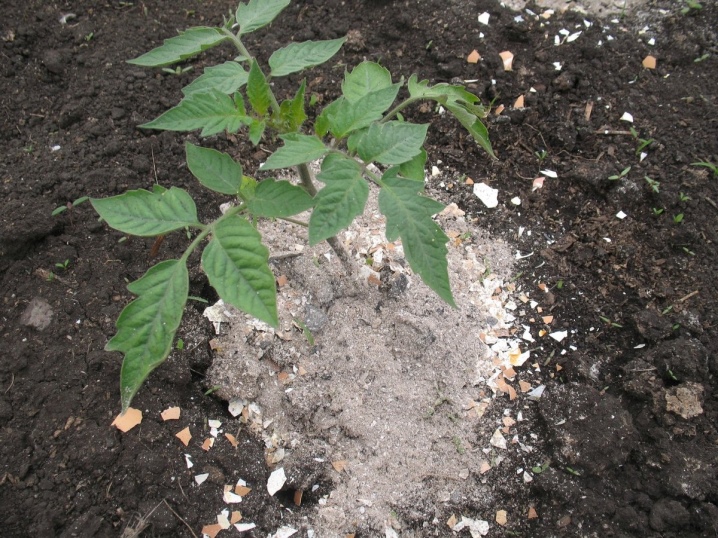
Features of feeding
To feed the tomatoes in June at the beginning of the month - if 11-14 days have passed since planting - it is imperative. During this period, they are trying to lay the foundation for further full-fledged growth. There are two main approaches. In the first case, a combination of nitrogen and phosphorus-potassium compositions is used. In the second, they prefer to maintain a balance between minerals and organic matter.
Tomatoes can be treated with a combination of matured manure with nitroammophos. 0.03 kg of branded fertilizer is diluted in 15 liters of water. Then they put 0.5 kg of manure there.
This combination is used for processing row spacings. On average, 2 liters of the mixture is enough for 5 bushes, but if the soil is pretty depleted, then they are used for 4 bushes.
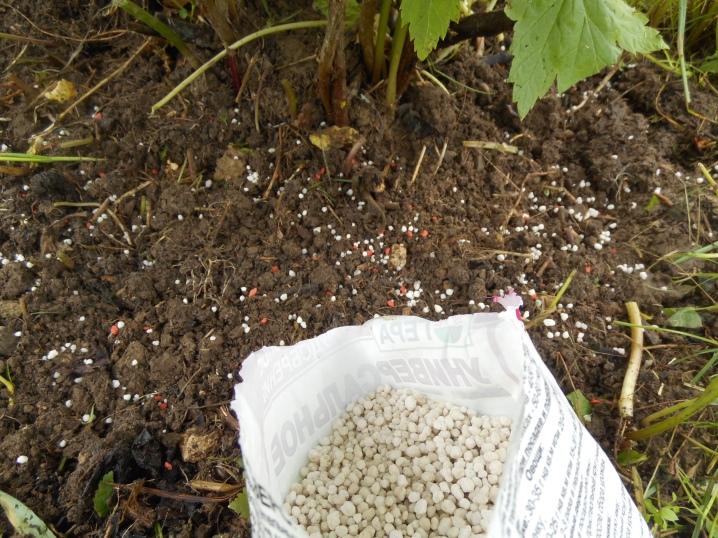
In the middle of the month, usually active flowering begins. At this moment, there is a special need for phosphorus-potassium supplements. This is primarily about:
- wood ash;
- boric acid;
- bakery yeast;
- superphosphate.
At the end of the month, when the fruiting process begins under favorable conditions, it is necessary first of all to cope with the copper deficiency. Spraying with copper sulfate helps very well.It is preliminarily dissolved in water, achieving a concentration of 0.1 or 0.2%. It is not recommended to exceed this level, because then toxic effects may appear.
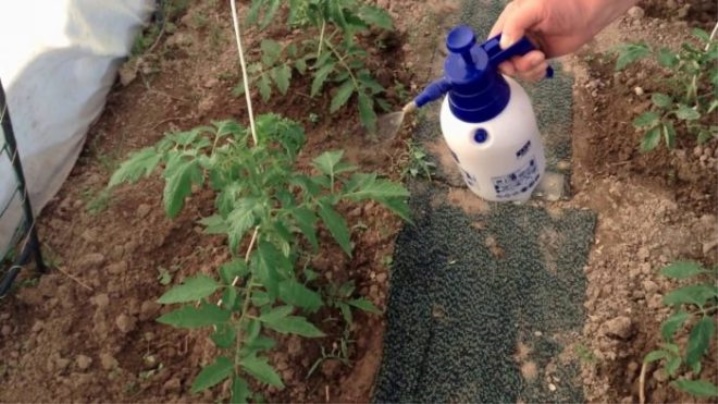
It is advisable to spray tomatoes in the evening, but if it turns out to be done only during the day, then you need to choose moments with cloudy weather.
Stimulants and growth correctors can also be used. But their dosage should be kept at minimum values. Otherwise, the consequences can be very unpleasant. Instead of the first top dressing, spraying is also allowed, but already with a urea solution. When pale foliage is noticed, a small amount of magnesium sulfate is additionally added to this solution (about 1.5 g per 1 liter of water).
How to feed tomatoes in June, see below.













The comment was sent successfully.